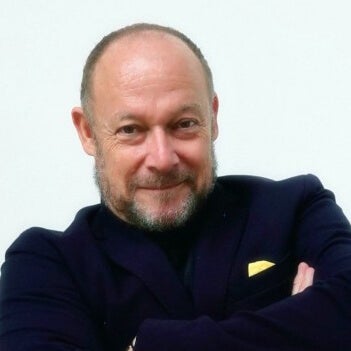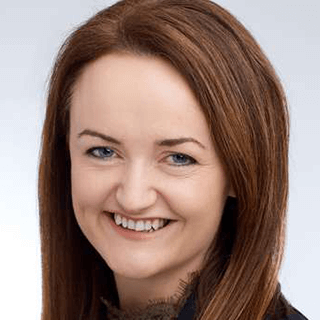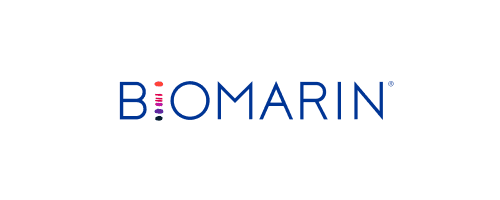Grünenthal: To Improve Customer Experience, Talk to Your Competitors and Bring Exciting Data to Your Leadership
Florent Edouard is the senior vice president and global head of commercial excellence at Grünenthal Group.
To deliver commercial transformation, Florent Edouard has embraced social media chats and collaboration projects on customer experience with peers at other pharmaceutical companies. To get internal support for his strategies, he’s learned to explain their potential impact in ways that each organizational function can understand. He recently spoke with Emma Hyland, vice president of commercial content strategy for Veeva Europe, about what works and why.


EH: What’s the biggest challenge to creating better customer experiences in pharma?
FE: It has to be a priority internally at the company level. If it’s not a priority, you don’t get the money, the people, or the systems, so you go nowhere. The way to make improving the customer experience a priority is to speak the language of your key stakeholders. Address their priorities and position the benefits in a way that resonates with them. For example, you may need to focus on the return on investments or talk about earnings per share when talking to finance teams. When talking to medical teams, you’ll talk about benefits for patients and HCPs.
You’ll also need to handle data differently to improve the customer experience. That means developing an effective collaboration with your IT people and establishing transparency with customers. It is critically important to go above and beyond General Data Protection Regulation (GDPR) and make sure each customer can understand why you’re collecting certain data and what you’re doing with it, and can opt out if required. If you lose their trust, you’re at risk of losing their consent. If that happens, you’ll discover that it is very hard to get consent back.
EH: Everyone’s trying to create an exceptional experience, but what really works?
FE: What works is putting the customer first and creating materials that are clear, simple to access, relevant, and actionable. It can’t take hours for customers to understand your content, your products, and your services. You also have to break down the silos between business units that prevent them from collaborating to achieve a consistent customer experience. In the 1990s and 2000s, companies measured their position against their competitors by looking at share of voice data. Now, we’re gathering data from our customers to show how they are reacting to our content. This is a massive shift in approach.
Then there is the challenge of getting your technical and data stacks right. The bigger the company, the greater the chance that there are disconnected islands of data, which means a fragmented customer experience. At Grünenthal, we spent the 12 months leading up to February 2020 working with IT and improving our tech systems. When COVID-19 began to unfold in Italy, Grünenthal’s Italy general manager called for help so his reps could keep working during the lockdown. Thanks to our advance work, and a great collaboration with Veeva, we were able to switch all of our reps to remote digital systems within six weeks.
EH: How did you come to collaborate with your competitors?
FE: The creation of our Clubhouse group was a bit of serendipity. There were people who knew each other and knew they had the same problems. Instead of trying to solve them separately, we began to talk together about possible solutions and try them out. Opening this free space was a fantastic experience and we were rapidly joined by many others, attracted to this unique place.
The group has a very flexible structure, but a core team of leaders, and it has spun off in-person meetings and projects. We also invite and involve partners like Veeva who can help us ideate, advocate, and implement HCP- and patient-oriented solutions; we need this to not remain at the polite chat and slideware level. We wanted, from the beginning, to be sure that we could land on something that people could feel, use, and love in real life.
Pharma isn’t used to this kind of collaboration, so sometimes others in our companies or outside of them wonder what we are doing. But collaboration is helping us to move faster and avoid dead ends, which helps our companies, our customers, and their patients.
EH: How are you changing your engagement model?
FE: We are piloting going from push to pull, because we know that when you get the customer experience right, the pull that comes back is huge. HCPs want more content, so we need to have big stores of content and be able to pull out smaller pieces as needed. We’ve had to work to win our field teams over to this, with training and technical solutions that meet their specific needs.
For Florent Edouard’s view of how collaboration with peers can improve the customer experience, read his blog post.




